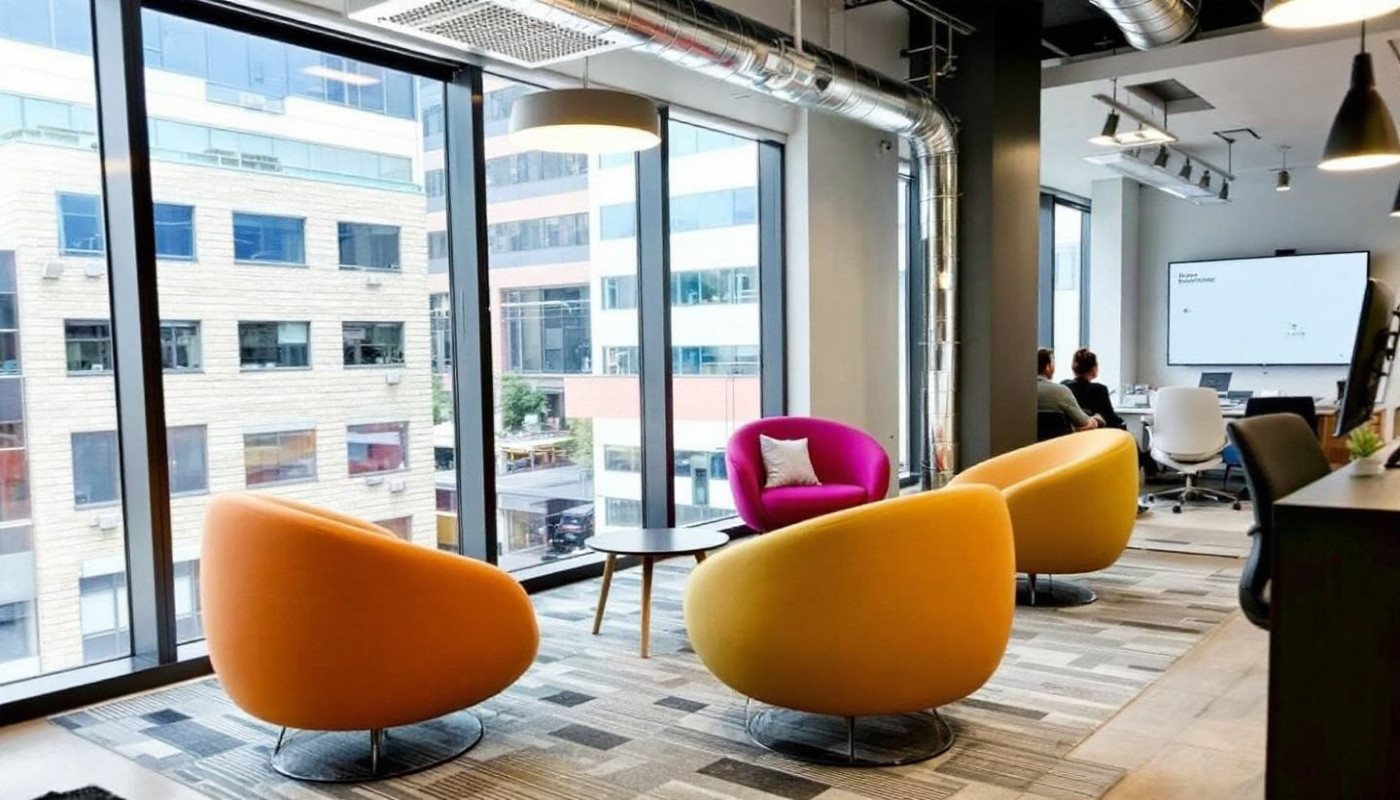Table of contents
The rapid transformation of urban work environments has given rise to a fascinating phenomenon: the shared office space. This modern solution is changing the way professionals, entrepreneurs, and companies approach productivity and collaboration within bustling cities. Delve deeper to uncover the driving forces behind this trend, its benefits, and the challenges it presents, as well as what the future might hold for shared workspaces in metropolitan areas.
Origins of shared office spaces
The shared office history dates back to the mid-1990s, when early coworking origins emerged in cities like Berlin and San Francisco, responding to a growing demand for alternatives to traditional office environments. These initial coworking spaces were founded on the principles of community, collaboration, and resource-sharing, offering freelancers and small startups affordable, flexible workspaces. As urban workspace trends evolved, the concept quickly gained traction in major metropolitan areas, fueled by the rise of digital technologies and high-speed internet, which enabled professionals to work remotely while benefiting from the agglomeration economies of centralized locations.
The evolution of offices accelerated in the 21st century, with flexible workspaces becoming integral to the fabric of modern cities. This shift was driven by changing workforce expectations, increased entrepreneurial activity, and a preference for dynamic, innovative environments over rigid corporate settings. Today, shared office spaces are not only hubs for productivity, but also foster networking, skill exchange, and business growth, particularly in urban centers where space is at a premium. For those seeking exemplary environments that embody these trends, options like the Best coworking spaces in Manchester provide vivid examples of how modern flexible workspaces have adapted to meet the diverse needs of contemporary professionals.
Benefits for professionals and businesses
Shared office spaces have revolutionized the professional landscape, offering a diverse suite of coworking benefits for a wide spectrum of users, from freelancers and startups to multinational organizations. One of the most significant workspace cost savings comes from the elimination of long-term leases and the use of hot desking, which allows professionals to occupy desks on an as-needed basis. This model enables startups to allocate more resources towards growth while letting established firms expand into new markets rapidly without heavy infrastructure investment. According to Deskmag's Global Coworking Survey, over 60 percent of respondents reported a noticeable increase in productivity in shared offices compared to traditional environments. Office space flexibility is another vital advantage; companies can seamlessly scale their footprint up or down as their needs evolve, promoting operational efficiency. Furthermore, coworking environments serve as dynamic business networking spaces, fostering collaboration between professionals from varied industries. For instance, WeWork reports that 70 percent of its members have collaborated with one another on new projects, highlighting the unique opportunities these spaces present for innovation and partnership.
Impact on urban development
Shared office spaces have transformed the urban landscape, with a notable city coworking impact seen across metropolitan centers worldwide. These flexible environments have driven urban real estate trends by revitalizing underused properties and increasing the value of mixed-use developments. As professionals seek adaptable work arrangements, office space demand has shifted from traditional, single-use office towers to innovative buildings that blend retail, housing, and workspaces. For city planners, this shift necessitates careful consideration of zoning regulations to accommodate the shared workspace economy, ensuring both compatibility and community cohesion. While the proliferation of coworking hubs has bolstered local economies by attracting startups and freelancers, it also presents challenges, such as heightened competition for prime locations and the need for infrastructure upgrades. By closely monitoring these changes, urban planners can help cities remain vibrant and economically diverse, while balancing the evolving needs of residents and businesses.
Challenges facing shared office spaces
Shared office environments are increasingly popular, but they face a number of coworking space challenges, particularly regarding privacy in shared offices and office security issues. The communal nature of these spaces introduces flexible office risks such as unauthorized access to sensitive areas and potential data breaches. As a result, many operators have deployed sophisticated access control systems to ensure only authorized personnel can enter restricted zones, mitigating both physical and digital threats. With the rapid adoption of workspace technology upgrades, shared offices must regularly update their cybersecurity protocols and physical security infrastructures to protect client data and maintain trust. Operators are also implementing soundproof meeting rooms and secure storage solutions, responding to growing awareness of privacy and security among users who depend on these spaces for confidential work. Keeping pace with evolving threats remains a top priority in the management and design of modern coworking environments.
Future outlook for shared workspaces
The future of coworking is increasingly shaped by remote work solutions, hybrid office trends, and a growing demand for sustainable workspaces. Modern shared office environments are predicted to evolve rapidly, integrating smart building technology to support energy efficiency, personalized workspace experiences, and seamless connectivity. Flexible office future scenarios suggest spaces will offer a dynamic mix of private, collaborative, and virtual areas, accommodating organizations adopting hybrid models that blend in-person and remote participation. As urban centers prioritize green initiatives, sustainable workspaces are expected to feature advanced air filtration, eco-friendly materials, and intelligent energy management systems, meeting both environmental standards and the well-being needs of occupants. The ongoing transformation of shared offices indicates a shift toward spaces that adapt to changing workflows, encourage innovation, and provide scalable solutions for both startups and established enterprises navigating new ways of working.
Similar articles

Affordability Vs. Amenities: Finding Balance In Shared Work Environments

Top Tips To Maximize Revenue From Live Shopping Sessions

Exploring Cost-effective Strategies For Setting Up Your Business In The UAE

How Effective Google Business Profiles Boost Sales And Brand Visibility

Emerging economies in 2023

emerging trends in circular economy and their impact on manufacturing and production

Exploring The Benefits Of Integrating Automatic Overtime Tracking In Payroll Systems

